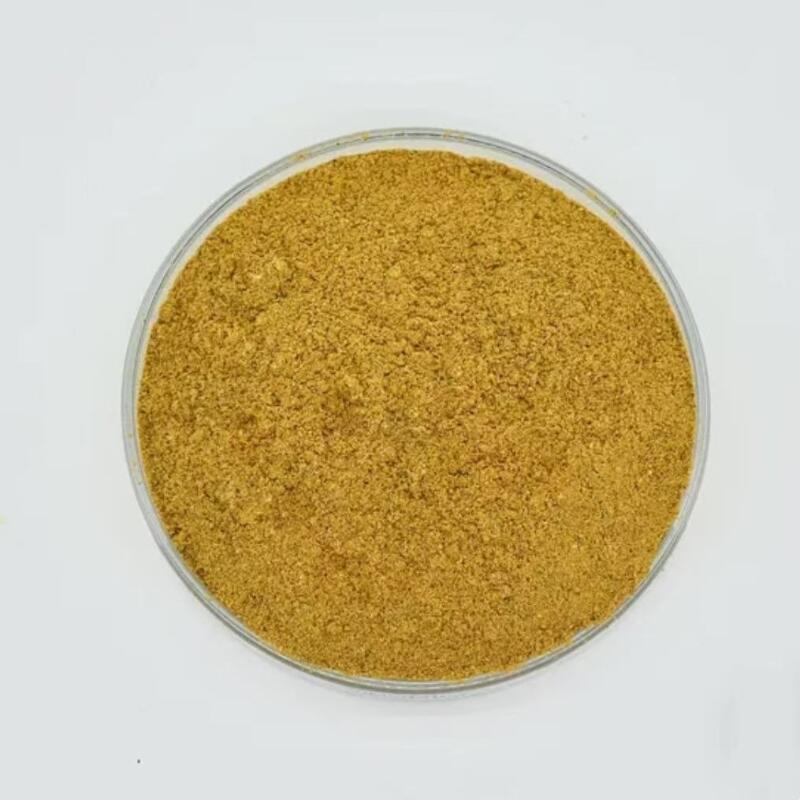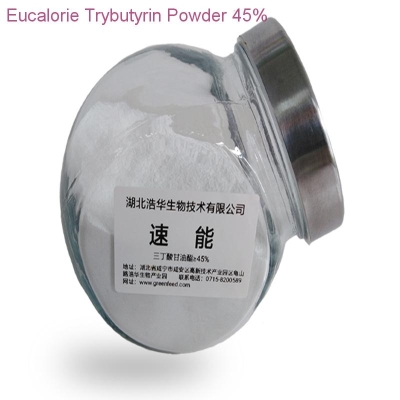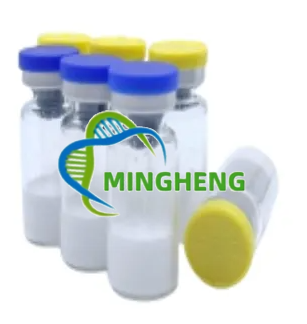-
Categories
-
Pharmaceutical Intermediates
-
Active Pharmaceutical Ingredients
-
Food Additives
- Industrial Coatings
- Agrochemicals
- Dyes and Pigments
- Surfactant
- Flavors and Fragrances
- Chemical Reagents
- Catalyst and Auxiliary
- Natural Products
- Inorganic Chemistry
-
Organic Chemistry
-
Biochemical Engineering
- Analytical Chemistry
-
Cosmetic Ingredient
- Water Treatment Chemical
-
Pharmaceutical Intermediates
Promotion
ECHEMI Mall
Wholesale
Weekly Price
Exhibition
News
-
Trade Service
Betaine is a natural compound that is commonly used in the cosmetics and personal care industry as a foam booster and viscosity increasing agent.
It is also known for its ability to improve the stability and shelf-life of formulations.
The production process of betaine involves several steps, including the synthesis of betaine from choline and glycine, and the purification of the resulting product.
The synthesis of betaine from choline and glycine is the first step in the production process.
Choline is a naturally occurring phospholipid that is found in many foods, while glycine is an amino acid that is commonly used in the production of peptides and proteins.
The synthesis of betaine from these two compounds is carried out by a chemical reaction known as the Sjostrom glycine synthesis.
In this reaction, choline and glycine are reacted in the presence of a strong mineral acid catalyst, such as sulfuric acid, to produce betaine.
The reaction typically takes place in a nitrogen atmosphere and is carried out at a moderate temperature.
The resulting product is then purified to remove any impurities and to increase the yield.
The purification of betaine typically involves several steps, including the use of solvents, such as water and ethanol, to remove any impurities.
The betaine is then typically precipitated from the solution using a solvent, such as ether or hexane, and then dried to remove any trace amounts of solvent.
The final step in the production process of betaine is the bottling and packaging of the product.
The betaine is typically packaged in aseptic containers to maintain its stability and shelf-life.
The bottling process is carried out under sterile conditions to ensure the safety and purity of the product.
In conclusion, the production process of betaine involves the synthesis of betaine from choline and glycine, followed by purification to remove any impurities.
The final product is then bottled and packaged in aseptic containers to maintain its stability and shelf-life.
The purification process is essential to ensure the safety and efficacy of the final product, and the bottling process is crucial to maintain the quality of the betaine.
With proper production and handling, betaine can be a safe and effective ingredient in many cosmetics and personal care products.







